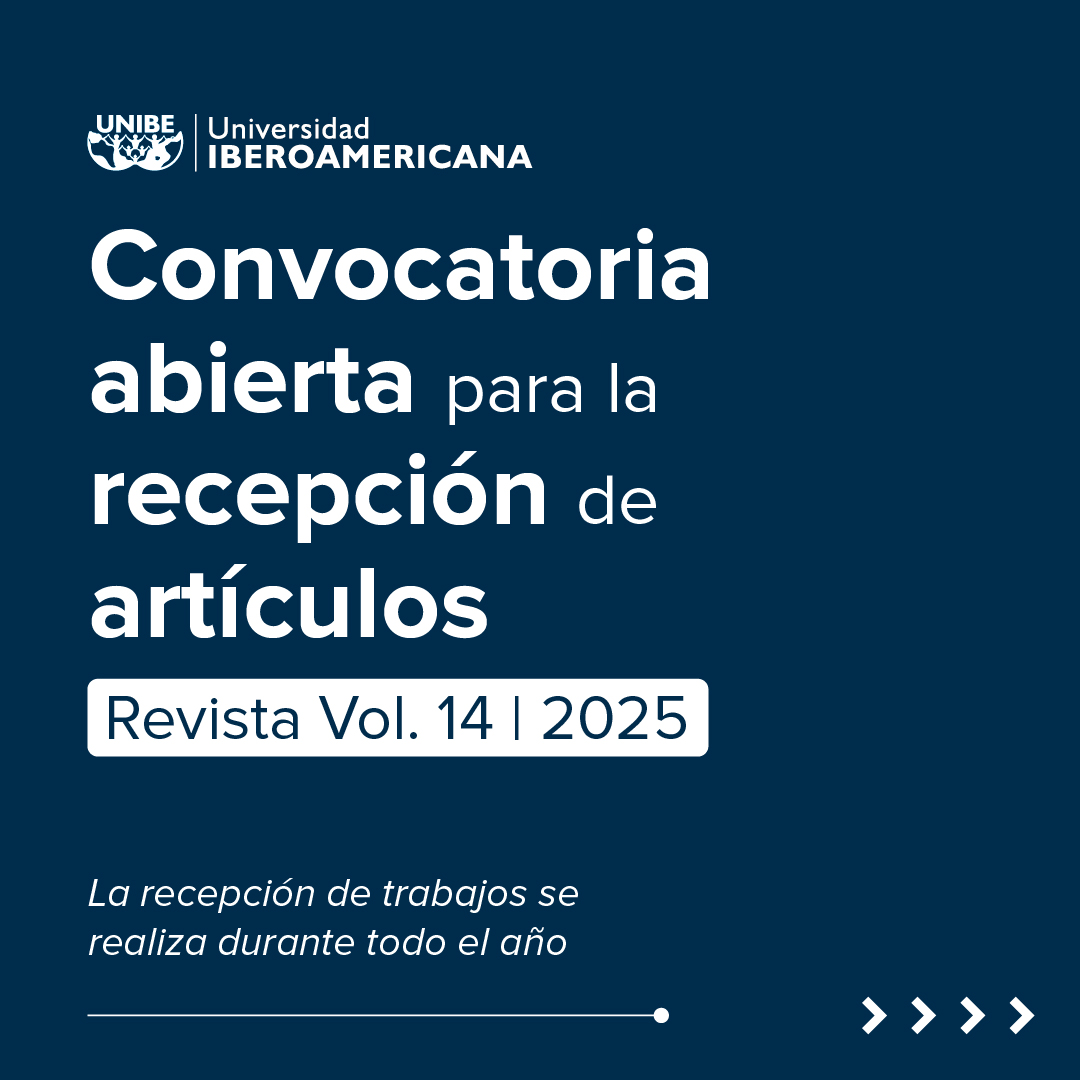Implementation of the early care service in neurodevelopment in Coronel Oviedo - Paraguay: a case study
DOI:
https://doi.org/10.26885/rcei.12.1.107Keywords:
early care, case study, intervention, neurodevelopmentAbstract
Early intervention is a set of actions aimed at children who are at risk or who could potentially present a disability, whereas neurodevelopment is a dynamic interactive process between children and their environment, achieving the maturation of the nervous system and the development of brain functions. The objective of this study was to examine the implementation of an Early Intervention Service (EIS) in neurodevelopment in the City of Coronel Oviedo in 2021. This research adopted a qualitative and hermeneutic approach at an exploratory level. Data was collected through documentary analysis of the institution and using a semi-structured interview. Results indicate that early care at the local level is a relatively new field with significant achievements because of the scope and effectiveness of the service. However, barely a decade has passed since the training of professionals in this area and the implementation of the service began but currently it is one of the most requested services, the demand exceeds the number of professionals, in that sense the waiting list had a quarterly cut for the discharge and admission of new users. Early care is a little studied field, therefore future research should provide updated content according to the needs of professionals and family-centered practices, covering different existing centers in Paraguay.
Downloads
References
Bronfenbrenner, U. (1986). Recent Advances in Research on the Ecology of Human Development. IEn R. K. Silbereisen, K. Eyferth, G. Rudinger, G. (Eds) Development as Action in Context. Springer. https://doi.org/10.1007/978-3-662-02475-1_15
Ministerio de Asuntos Sociales de España. (2005). Libro blanco de la atención temprana. http://gat-atenciontemprana.org/wp-content/uploads/2019/05/LibroBlancoAtenci%C2%A6nTemprana.pdf
Ministerio de Educación y Cultura, MEC. (2012). Manual de Organización y Funcionamiento de los SATs. MEC.
Dolz, I., Alcantud, F., y Acceso, U. (2002). Atención temprana e intervención en niños con Trastornos Generalizados del Desarrollo. Actas de las II Jornadas de Atención a la Discapacidad. Un espacio para las personas con autismo, 18-22.
Dunst, C. J., y Trivette, C. M. (1994). What is effective helping? In C. J. Dunst, C. M. Trivette, & A. G. Deal (Eds.), Supporting & strengthening families, Vol. 1. Methods, strategies and practices (pp. 162–170) Brookline Books.
González, E. (2014). Necesidades educativas específicas. Intervención psicoeducativa. Editorial CCS.
Medina Alva, M. D. P., Kahn, I. C. Muñoz Huerta, P., Leyva Sánchez, J., Moreno Calixto, J., & Vega Sánchez, S. M. (2015). Neurodesarrollo infantil: características normales y signos de alarma en el niño menor de cinco años. Revista Peruana de medicina experimental y salud Pública, 32(3), 565-573.
Ortíz, T. (2018). Neurociencia en la escuela. SM.
Rico Bañón, D. (2009). Instrumentos de evaluación y diagnóstico en la edad comprendida de 0 a 6 años: Descripción, utilización y grado de satisfacción en los Centros de Atención Temprana de la Comunidad Valenciana.
Ritchie, J., y Spencer, L. (1994). Qualitative data analysis for applied policy research. En A. Bryman y R. G. Burgess (Eds.), Analyzing qualitative data (pp.173- 194).
Rodríguez Gómez, G., Gil Flores, J., y Garcia Jiménez, E. (1996). Metodología de la investigación cualitativa. Archidona: Aljibe.
Rumrill Jr., P. D., Cook, B. G., y Stevenson, N. A. (2020). Research in special education (3rd ed). Charles C Thomas.
Unicef. (2011). Programa de Ejercicios de Estimulación Temprana.
Zubler, J. M., Wiggins, L. D., Macias, M. M., Whitaker, T. M., Shaw, J. S., Squires, J. K., & Lipkin, P. H. (2022). Evidence-informed milestones for developmental surveillance tools. Pediatrics, 149 (3).














